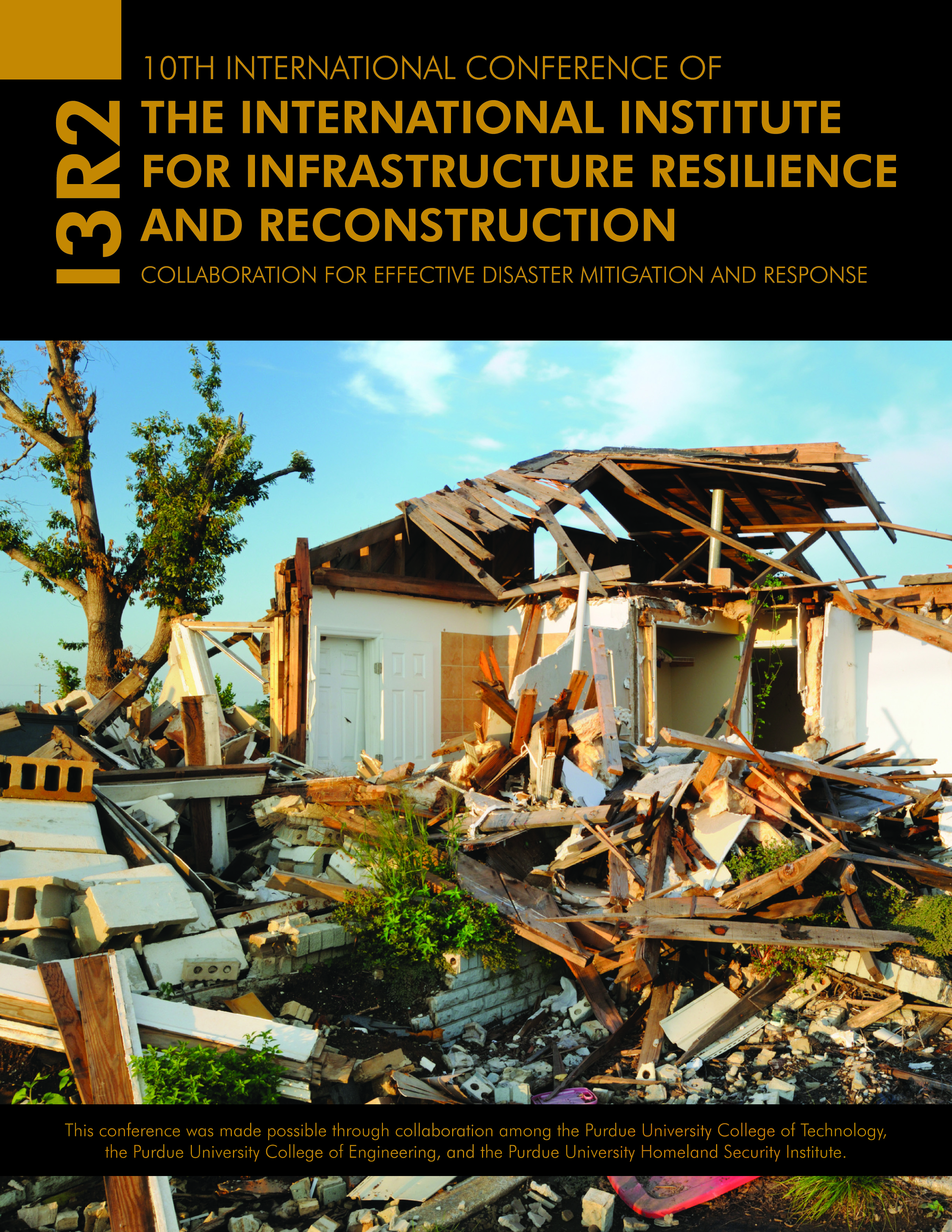Abstract
Temporary housing following a large-scale disaster has a positive effect on household welfare and community recovery. Following the 2010 and 2011 Canterbury earthquakes, a shortage of temporary accommodation created barriers for the outside construction workforce to engage in repairs and rebuild in Christchurch. This study investigates the impacts of housing shortages for the overall recovery and the strategies adopted by both households and the workforce in the building industry. Findings suggest that the interplay among the industry strategies and household strategies for securing housing determines the magnitude and scope of economy-wide inflation. One unfortunate consequence of these industry strategies is that the pressures of resource shortages are likely to transit from the construction sector to quake-affected households. These findings have implications on the nature and design of pre and postdisaster planning programs in order to reduce the impacts of housing issues on household welfare and, at the same time, to the meet the needs of the construction sector if the scheduled rebuild works are to be achieved.
Keywords
temporary housing, construction workforce, post-disaster reconstruction, skills shortage, demand surge
DOI
10.5703/1288284315368
Recommended Citation
Chang-Richards, Y., Wilkinson, S.J., Seville, E., & Brundson, D. (2014). Housing the Workforce Following the Canterbury Earthquakes in New Zealand. In Randy R. Rapp & William Harland (Eds.), The Proceedings of the 10th International Conference of the International Institute for Infrastructure Resilience and Reconstruction (I3R2) 20-22 May 2014. (135-140). West Lafayette, Indiana: Purdue University.
Housing the Workforce Following the Canterbury Earthquakes in New Zealand
Temporary housing following a large-scale disaster has a positive effect on household welfare and community recovery. Following the 2010 and 2011 Canterbury earthquakes, a shortage of temporary accommodation created barriers for the outside construction workforce to engage in repairs and rebuild in Christchurch. This study investigates the impacts of housing shortages for the overall recovery and the strategies adopted by both households and the workforce in the building industry. Findings suggest that the interplay among the industry strategies and household strategies for securing housing determines the magnitude and scope of economy-wide inflation. One unfortunate consequence of these industry strategies is that the pressures of resource shortages are likely to transit from the construction sector to quake-affected households. These findings have implications on the nature and design of pre and postdisaster planning programs in order to reduce the impacts of housing issues on household welfare and, at the same time, to the meet the needs of the construction sector if the scheduled rebuild works are to be achieved.



